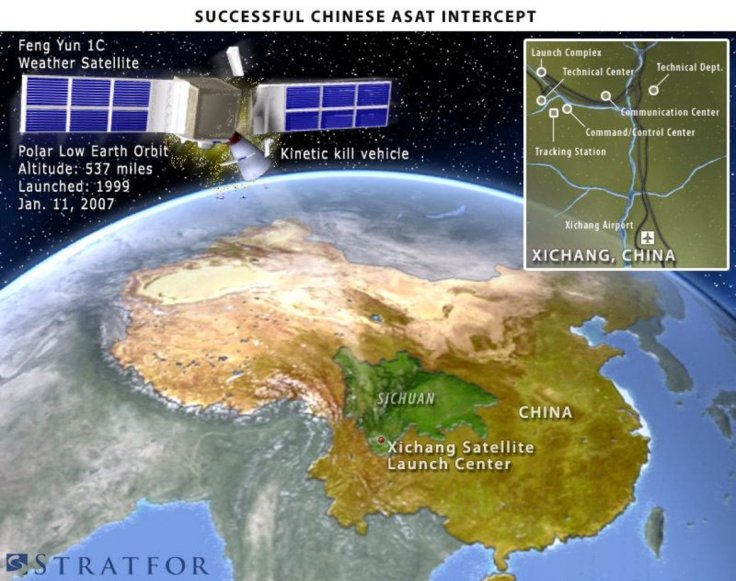As the relation between the U.S. and China has worsened, the time has come to recall one of the huge threats once a top official pointed out years ago. It was in 2015 when Lt. Gen. Jay Raymond, commander of the 14th Air Force said that Beijing will be in a position to destroy every satellite in space and since then the U.S. has been keeping an eye to ensure that its space systems are safe and resilient against such space threats.
The U.S. top official had explained China's amassing formidable anti-satellite capabilities. As per Breaking Defense, he claimed that Beijing was already capable of holding every low-orbit satellite at risk. At that time he also claimed that "soon every satellite in every orbit will be able to be held at risk" by China's anti-satellite (ASAT) capabilities.

In 2015, while speaking at the 31st Space Symposium which took place in Colorado, the Army official confirmed that China's anti-satellite missile test, which was conducted in 2014 was a success. As per another report, Beijing also claimed that it had successfully tested a ballistic missile defense system. Later, the U.S. government revealed that the test by Chinese authorities was actually an anti-satellite missile.
ASAT Capabilities and The Threat
At that time the U.S. authorities said, "We call on China to refrain from destabilizing actions—such as the continued development and testing of destructive anti-satellite systems—that threaten the long term security and sustainability of the outer space environment, on which all nations depend."
But it was not the first time when China attempted to conceal its ASAT tests. Earlier in May 2013, Beijing claimed that the country had launched a rocket from the Xichang Satellite Launch Center in southwest China into space. At that time state-run media reported the experiment was developed to investigate the magnetic fields and energetic particles in near-earth space and the ionized stratum, which is a layer of rock or soil, or igneous rock that was formed on the earth's surface.

The preliminary analysis by the National Space Science Center (NSSC) had revealed that the experiment has reached expected objectives by allowing scientists to obtain first-hand data regarding the space environment at different altitudes.
New ASAT missile
Soon after that U.S. officials started to raise questions about it, suggesting off-the-record that China had tested a new ASAT missile, called the Dong Ning-2 (DN-2), which is a ground-based, high earth-orbit attack missile.
A report by the Secure World Foundation (SWF) concluded that as per available evidence, the rocket launch in May 2013 by China was nothing but the test of the rocket component for a new direct ascent ASAT weapons system derived from a road-mobile ballistic missile.
The report also added that the system appears to be designed to place a "kinetic kill vehicle" on a trajectory in deep space which could reach highly elliptical orbit (HEO), medium earth orbit (MEO), and geostationary Earth orbit (GEO) and if it happens then this would represent a significant development in China's anti-satellite strike capabilities.
The report suggested that China would seek to use the ASAT missiles to destroy U.S. satellites with an aim to degrade its C5ISR capabilities, rendering distributed U.S. military and allied assets unable to share information or make any kind of communication during a war.








